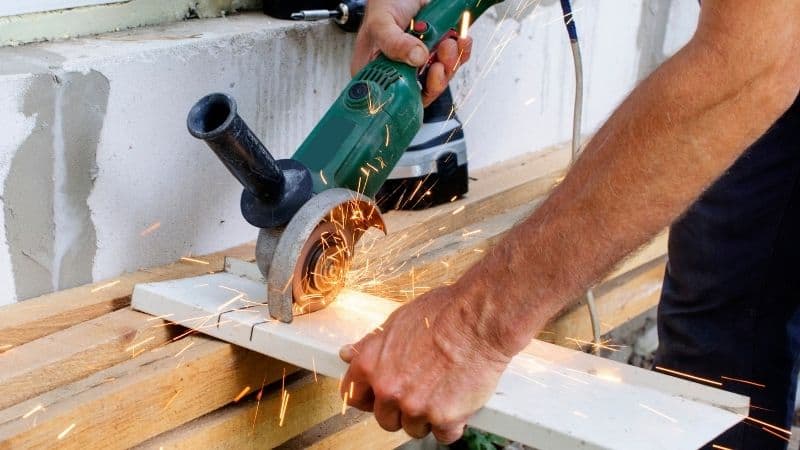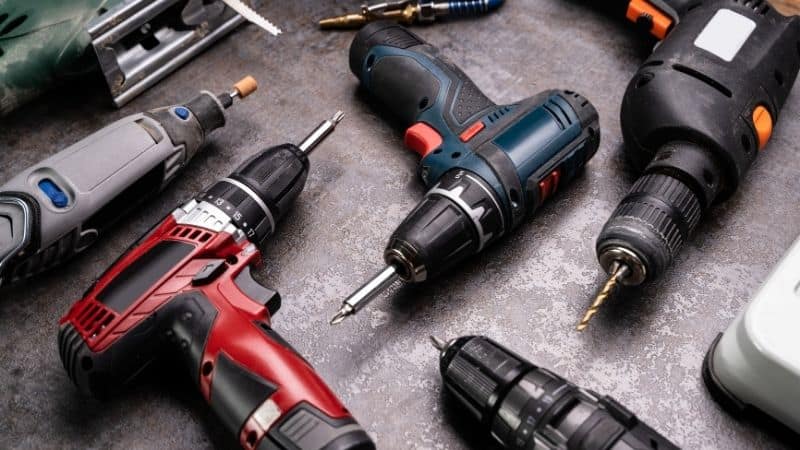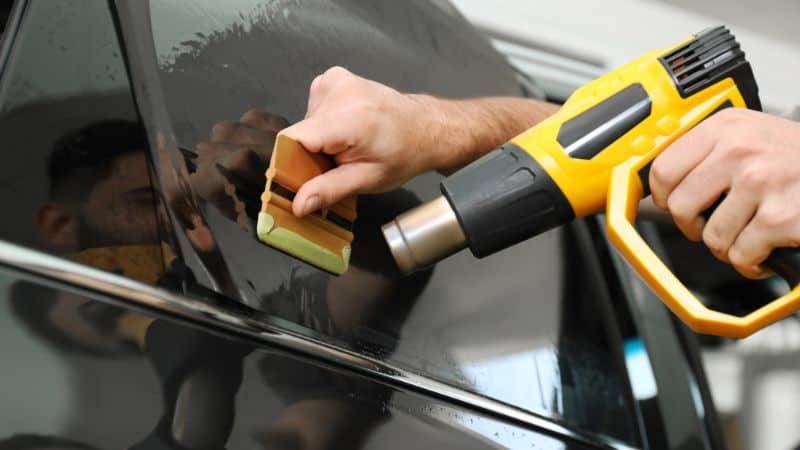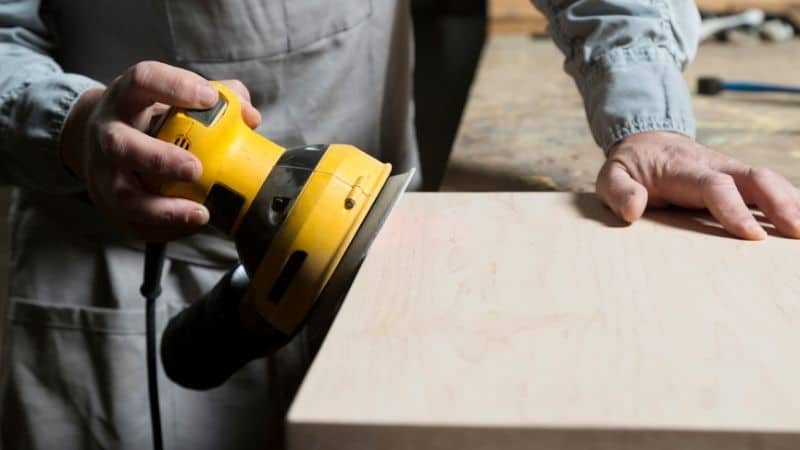Key Takeaways
When storing your power tools, your main goals are to extend their longevity, enhance your efficiency, and ensure safety. As a DIY enthusiast, consider your equipment an investment that requires careful management. Here’s a brief guide to help maintain your power tools effectively:
- Organization: Keep your tools organized by type and use. Whether you prefer pegboards or shelving units, label and categorize them for easy access. This system not only saves time but also protects tools from damage.
- Proper Storage Solutions: Invest in the right storage solutions, such as foam inserts or original cases, to protect against dust and moisture. For battery-operated tools, charging them 50% before storing is recommended to maintain battery health.
- Dry Environment: Store your tools in a location that is free from moisture. Utilizing a dehumidifier in places like basements can prevent rust and corrosion, which are common issues in humid environments.
- Avoid Storing by the Cord: For corded tools, make sure cords aren’t tightly wrapped or hung by the cord as this can damage the wiring over time.
- Safety: Ensuring a safe workspace means keeping your power tools out of reach from children and stored securely to prevent accidents.
By following these guidelines and ways to store these tools, you’ll be able to maximize the life of your power tools and create a safer, more efficient workspace. Remember, organization, proper storage, and safety are paramount to safeguarding your investment.
The Significance of Proper Storage for Power Tools
Proper storage for power tools is crucial to ensure their longevity and safety. When your tools are stored correctly, they are shielded from environmental factors that can cause harm. Rust and moisture are two of the main culprits when it comes to tool degradation. High humidity levels particularly accelerate rust formation. To combat this, maintain a dry environment, potentially using dehumidifiers to control moisture levels in the storage area, such as a garage or basement.
Temperature fluctuations can also impact your tools, with extreme heat possibly damaging batteries and electronics, and cold causing materials to become brittle. Aim to store your tools in a location with a stable temperature.
Dust can infiltrate into the smallest crevices of your power tools, affecting their performance. To preserve your tools’ condition, perform regular cleaning to remove any accumulated dust and debris. Furthermore, consider using silica gel packs, which can be placed in toolboxes to absorb any excess moisture.
Maintenance is not just about responding to issues but preventing them. Regularly servicing and maintaining your power tools as per the manufacturer’s instructions is key to preventing problems before they start. Implement a habit of inspecting your tools after use and before they are stored, to catch any early signs of wear and tear.
In summary, a dedicated approach to storage and maintenance keeps your tools ready for action and can save you money on replacements in the long run. By controlling factors like humidity, temperature, and dust, you’re not just storing tools; you’re preserving your investments.
Step-by-Step Guide to Storing Power Tools
Storing power tools correctly extends their life and ensures a safer work environment. This guide outlines a clear process to help you organize your collection efficiently.
1. Test Your Power Tools
Before stowing away your power tools, it’s vital to ensure they are in working order. Power up each tool and perform a quick operational check. By doing this, you’ll confirm they are in good condition for future use and not in need of repair or maintenance.
2. Find Duplicates
Sort through your power tools and identify any duplicates. Do you really need three drills? If not, consider donating, selling, or recycling the extras. Organizing your toolbox starts with decluttering, and reducing duplicates is an effective first step.
3. Remove Batteries Inside
To prevent potential corrosion or damage, remove all batteries from your power tools before storing them. Especially for long-term storage, this will also help in maintaining the battery life and ensuring the safety of the tools and storage area.
4. Place Your Power Tools in an Appropriate Storage Space
Choose a storage spot for your power tools, considering the frequency of use and weight of each tool. Heavier items should be stored in cabinets or on lower drawers, while lighter ones can be placed on pegboards or shelves. Your garage or shed may offer the perfect storage solutions, providing easy access and helping to keep your workspace uncluttered.
Remember, keeping them organized is key to finding them when you need them, saving you time, and avoiding frustration.
20 Power Tool Storage Ideas to Make Your Items Tidy

When organizing your workspace, power tool storage is critical to maintaining efficiency and prolonging the life of your tools. Below is a succinct guide offering 20 practical ideas for keeping your tools in order:
- Pegboard System: Utilize pegboards for versatile wall storage. Arrange hooks and bins to accommodate various tools.
- Wall-Mounted Racks: Install storage racks on walls to keep tools off work surfaces but within easy reach.
- Magnetic Strips: Securely store metal tools with magnetic strips. This provides quick access and clear visibility.
- Foam Outlines: Cut out foam silhouettes for each tool in a drawer, preventing shifting and damage. This also helps protect your power tools inside.
- Mounted Wall Hooks: Use sturdy hooks for hanging larger tools, keeping them off the floor.
- Overhead Storage: Maximize space by adding overhead shelves or racks for less frequently used items.
- Tool Chests: Invest in a tool chest with multiple drawers for categorized storage.
- Storage Cabinets: Enclosed cabinets protect tools from dust and can be locked for security.
- Mobile Toolboxes: Opt for portable toolboxes for tools you frequently move around.
- Custom Shelving: Build custom shelves tailored to specific tools’ dimensions.
- Labeling System: Implement clear labels on drawers and bins for effortless identification.
- Cord Storage: Employ hooks or cord organizers to manage power cables and prevent tangling.
- Drawer Dividers: Introduce dividers in drawers to separate small parts and accessories.
- Stackable Bins: Use stackable bins for components and hardware, preserving precious workspace.
- Clear Containers: Store small items in translucent containers for easy, at-a-glance identification.
- French Cleat System: Create a modular storage solution with a French cleat system for adjustable arrangements.
- Lockable Toolboxes: Secure valuable power tools in lockable toolboxes for added protection.
- Drawer Liners: Protect tools and drawers from scratches and slippage with padded liners.
- Wall-Mounted Organizers: Employ wall-mounted organizers for drills and hand tools, keeping them orderly and accessible.
- Pull-Out Shelves: Use pull-out shelves in cabinets to access tools without having to dig through clutter.
By integrating these storage solutions, you can maintain a tidy and efficient workspace that facilitates productivity and tool longevity.
Maintenance Tips for Power Tools
Regular maintenance of your power tools ensures they perform effectively and have a longer lifespan. Best practices begin with proper cleanliness; after each use, clean your tools to remove dust and debris. For optimal performance, periodically check for any loose parts or signs of wear.
- Cleaning: Use a soft brush or cloth to wipe away any sawdust or grime. For tougher stains, a cleaner suitable for the tool’s material can be employed.
- Lubrication: Apply lubricant to moving parts as detailed in the tool’s manual, which can prevent rust and ensure smooth operation.
- Inspection: Regularly inspect your tools for damage, and perform necessary repair work promptly to prevent further issues.
- Storage: Store your tools in a dry, clean environment, ideally in their original case or on a pegboard, away from direct sunlight and moisture.
- Batteries: For cordless tools, remove batteries before storage to prolong their life and maintain charge capacity.
Frequently Asked Questions
Can power tools be stored in a shed and still maintain their condition?
Yes, you can store power tools in a shed provided you manage humidity levels, which can be accomplished with a dehumidifier to prevent rust and degradation.
What strategies are recommended for storing power tools in a small workshop?
In small workshops, utilizing vertical space is ideal. You can mount shelves and hooks or invest in a compact rolling tool cabinet to efficiently store and organize your tools.
Are there any considerations or risks when storing power tools in a cold, unheated garage?
Storing power tools in a cold, unheated garage poses risks such as condensation which can lead to rust. To mitigate this, ensure tools are stored off the ground and use silica gel packets to absorb excess moisture.
What solutions exist for securing power tools effectively in a vehicle?
Secure storage solutions for a vehicle include lockable toolboxes and customized storage systems that can be bolted down, ensuring your power tools are not only secure but also organized while on the move.






